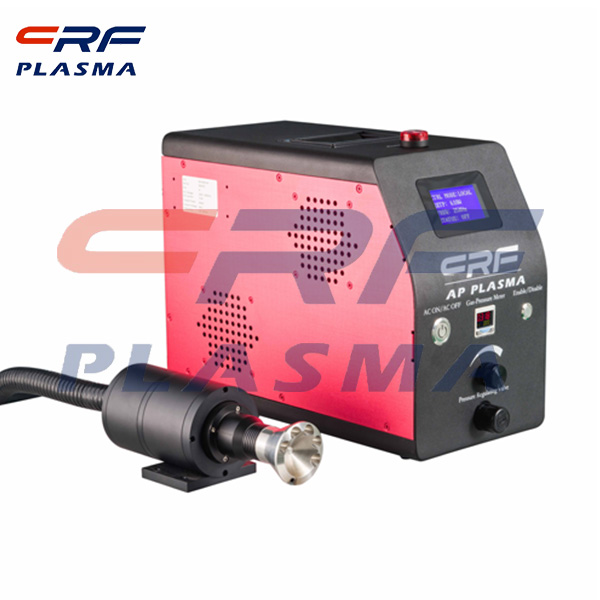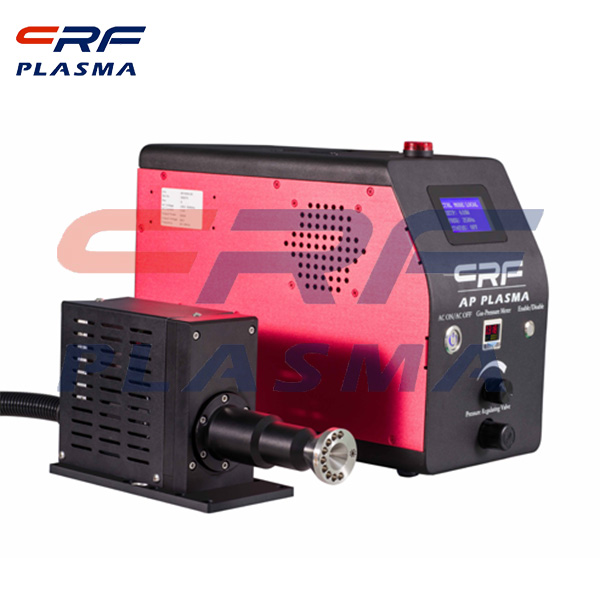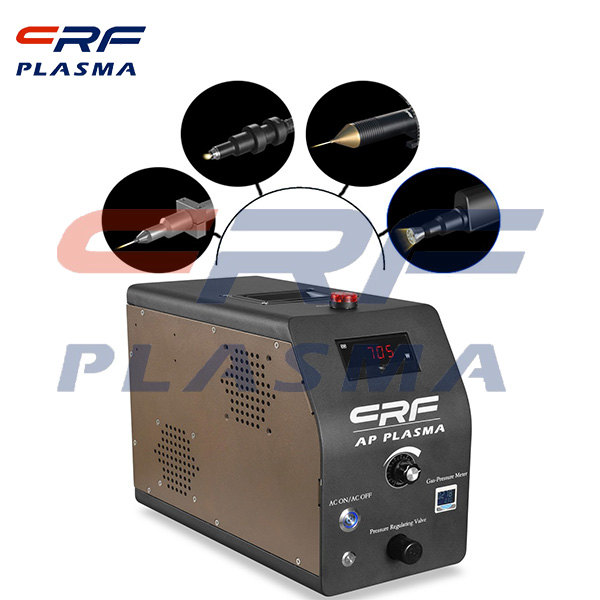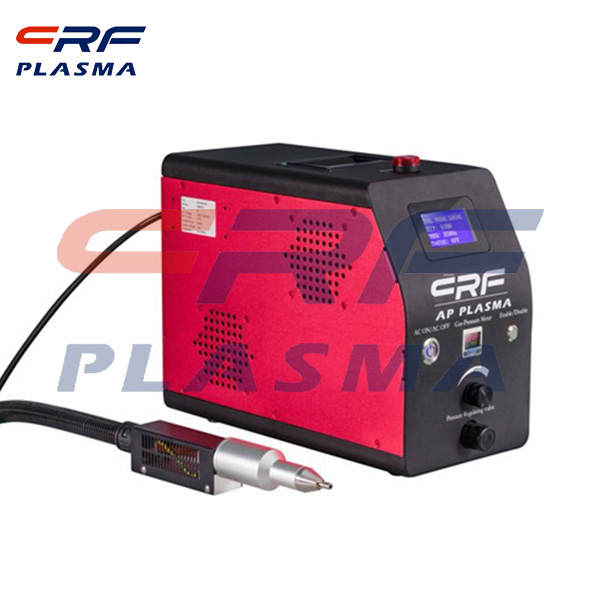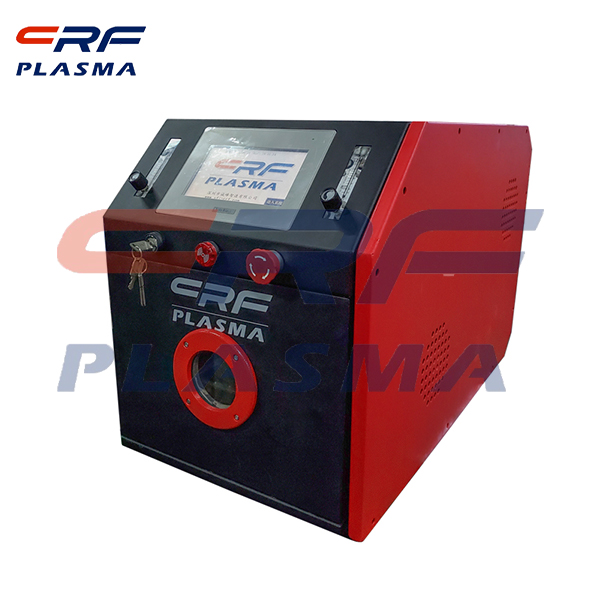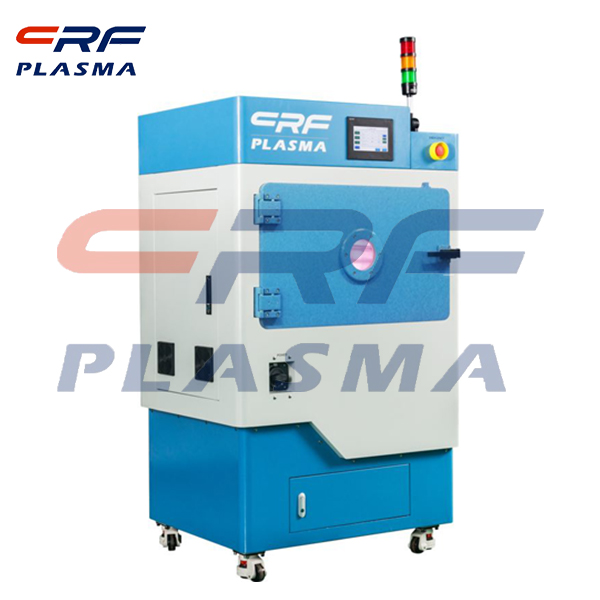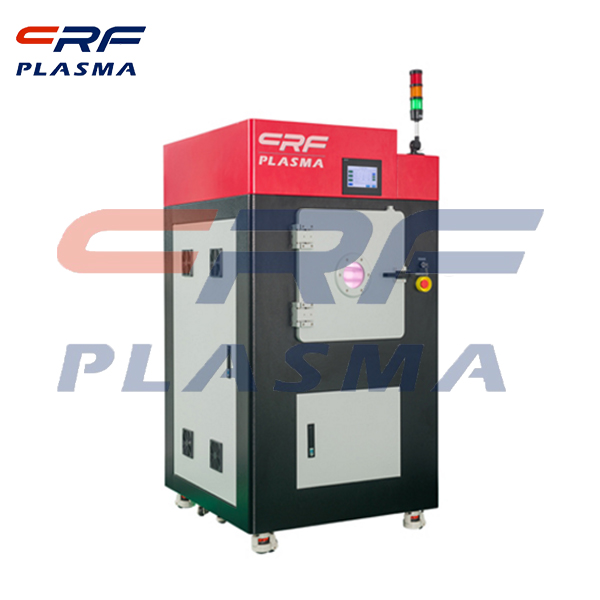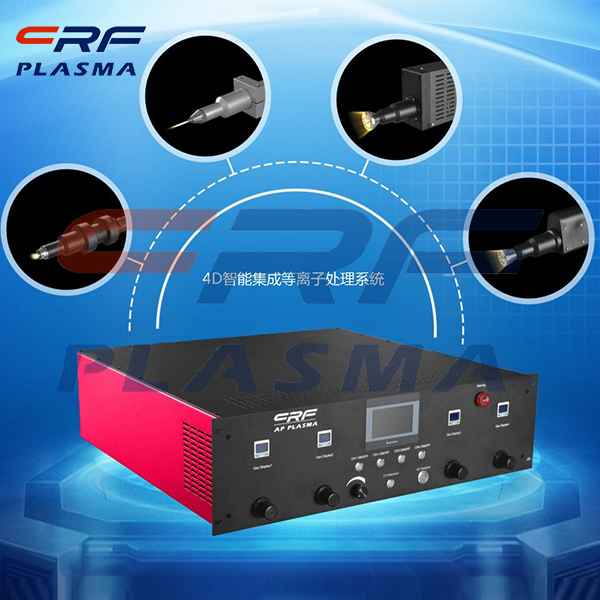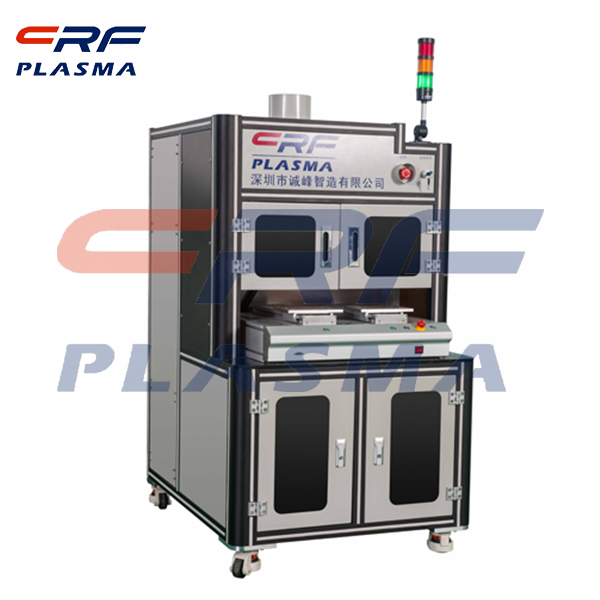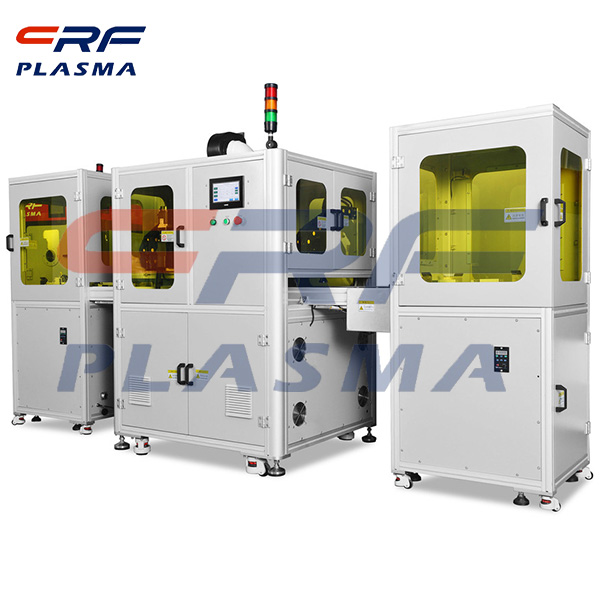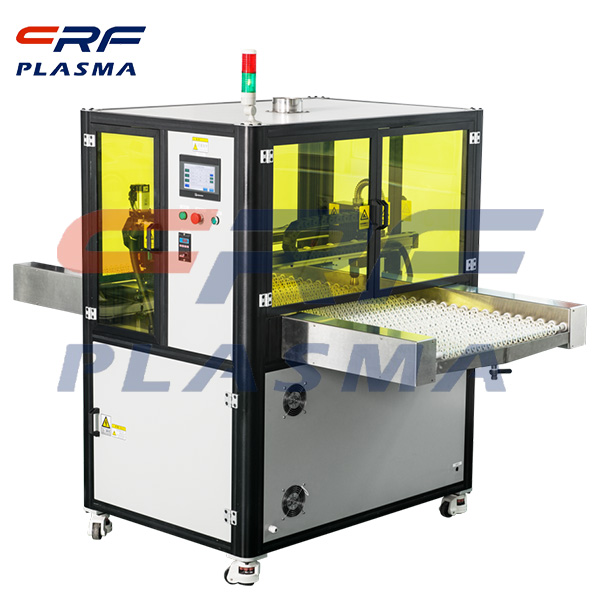
Welcome to Shenzhen Sing Fung Intelligent Manufacturing Co., Ltd.
E-mail:shaobo@sfi-crf.com
Small vacuum plasma cleaning machine vacuum plasma cleaning surface material modification
- Categories:Company Dynamics
- Author:plasma cleaning machine-surface treatment equipment-CRF plasma machine-Sing Fung Intelligent Manufacturing
- Origin:
- Time of issue:2021-04-24
- Views:
(Summary description)Small vacuum plasma cleaning machine vacuum plasma cleaning surface material modification Small vacuum plasma cleaning machine can improve the adhesion of the material surface, improve the adhesion performance of the material, solve the problem of adhesion. The effect of vacuum plasma cleaning is very obvious when the contact Angle is measured during the actual operation, and the uniform and thorough adhesion of material modification is improved. Small vacuum plasma cleaning machine is a method to improve the surface adhesion, improve the bonding properties of materials, and solve the problem of bonding. A lot of materials in the factory, originally rely on the corona treatment effect, but the effect of plasma treatment is far better than ordinary treatment. Small vacuum plasma cleaning machine Equipment parameters of vacuum plasma cleaning machine: Customized cavity plasma cleaners from 2 litres to 23 litres or more are available. Here we focus on small vacuum plasma cleaners. The equipment uses a temperature control system to ensure that heat/humidity sensitive materials are not damaged. Can be processed on any product, different products after the actual treatment of the effect is not the same, specific through the contact Angle tester hydrophilicity test, through a large number of tests we found that almost all materials after plasma treatment, hydrophilicity has changed to different degrees. Oxygen argon plasma and hydrogen plasma cleaning: Using different types of gases (oxygen, argon, nitrogen, hydrogen, helium, etc.), small vacuum plasma cleaners can change a variety of properties of the substrate surface. This includes but is not limited to: 1. Improvement of surface tension/surface energy/contact Angle characteristics. 2, improve the adhesion of the surface. 3. Hydrogen plasma is very effective in removing oxides from glass or metal products. 4. Change the wettability of the surface to produce hydrophilicity or hydrophobicity (increase or decrease the adhesion of the liquid)- for pretreatment, coating and coating. 5, coating process: adhesion, wettability, corrosion resistance and wear resistance, electrical conductivity and insulation, magnetic induction, reflective/reflective, anti-microbial, scratch resistance, waterproof, coloring, etc. Plasma activation refers to the treatment of a polymer to improve its ability to be coated or printed. This is done by oxidizing the outer layer of the polymer using an oxygen plasma. Argon is often used in easily oxidized metals. This can not only produce cleaning products, but also increase the polarity, directly improve the printing and coating performance of polymer products, oxygen plasma is also activated by plasma.
Small vacuum plasma cleaning machine vacuum plasma cleaning surface material modification
(Summary description)Small vacuum plasma cleaning machine vacuum plasma cleaning surface material modification
Small vacuum plasma cleaning machine can improve the adhesion of the material surface, improve the adhesion performance of the material, solve the problem of adhesion. The effect of vacuum plasma cleaning is very obvious when the contact Angle is measured during the actual operation, and the uniform and thorough adhesion of material modification is improved.
Small vacuum plasma cleaning machine is a method to improve the surface adhesion, improve the bonding properties of materials, and solve the problem of bonding. A lot of materials in the factory, originally rely on the corona treatment effect, but the effect of plasma treatment is far better than ordinary treatment.
Small vacuum plasma cleaning machine
Equipment parameters of vacuum plasma cleaning machine:
Customized cavity plasma cleaners from 2 litres to 23 litres or more are available. Here we focus on small vacuum plasma cleaners. The equipment uses a temperature control system to ensure that heat/humidity sensitive materials are not damaged. Can be processed on any product, different products after the actual treatment of the effect is not the same, specific through the contact Angle tester hydrophilicity test, through a large number of tests we found that almost all materials after plasma treatment, hydrophilicity has changed to different degrees.
Oxygen argon plasma and hydrogen plasma cleaning:
Using different types of gases (oxygen, argon, nitrogen, hydrogen, helium, etc.), small vacuum plasma cleaners can change a variety of properties of the substrate surface. This includes but is not limited to:
1. Improvement of surface tension/surface energy/contact Angle characteristics.
2, improve the adhesion of the surface.
3. Hydrogen plasma is very effective in removing oxides from glass or metal products.
4. Change the wettability of the surface to produce hydrophilicity or hydrophobicity (increase or decrease the adhesion of the liquid)- for pretreatment, coating and coating.
5, coating process: adhesion, wettability, corrosion resistance and wear resistance, electrical conductivity and insulation, magnetic induction, reflective/reflective, anti-microbial, scratch resistance, waterproof, coloring, etc.
Plasma activation refers to the treatment of a polymer to improve its ability to be coated or printed. This is done by oxidizing the outer layer of the polymer using an oxygen plasma. Argon is often used in easily oxidized metals. This can not only produce cleaning products, but also increase the polarity, directly improve the printing and coating performance of polymer products, oxygen plasma is also activated by plasma.
- Categories:Company Dynamics
- Author:plasma cleaning machine-surface treatment equipment-CRF plasma machine-Sing Fung Intelligent Manufacturing
- Origin:
- Time of issue:2021-04-24 17:07
- Views:
Small vacuum plasma cleaning machine vacuum plasma cleaning surface material modification
Small vacuum plasma cleaning machine can improve the adhesion of the material surface, improve the adhesion performance of the material, solve the problem of adhesion. The effect of vacuum plasma cleaning is very obvious when the contact Angle is measured during the actual operation, and the uniform and thorough adhesion of material modification is improved.
Small vacuum plasma cleaning machine is a method to improve the surface adhesion, improve the bonding properties of materials, and solve the problem of bonding. A lot of materials in the factory, originally rely on the corona treatment effect, but the effect of plasma treatment is far better than ordinary treatment.
Small vacuum plasma cleaning machine
Equipment parameters of vacuum plasma cleaning machine:
Customized cavity plasma cleaners from 2 litres to 23 litres or more are available. Here we focus on small vacuum plasma cleaners. The equipment uses a temperature control system to ensure that heat/humidity sensitive materials are not damaged. Can be processed on any product, different products after the actual treatment of the effect is not the same, specific through the contact Angle tester hydrophilicity test, through a large number of tests we found that almost all materials after plasma treatment, hydrophilicity has changed to different degrees.
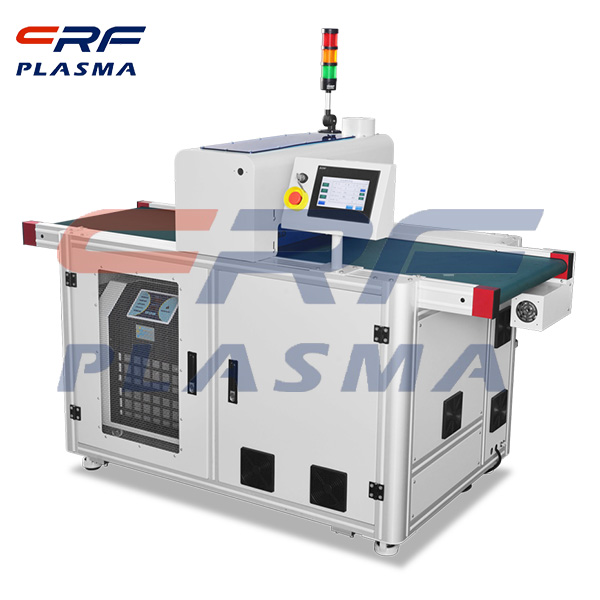
Oxygen argon plasma and hydrogen plasma cleaning:
Using different types of gases (oxygen, argon, nitrogen, hydrogen, helium, etc.), small vacuum plasma cleaners can change a variety of properties of the substrate surface. This includes but is not limited to:
1. Improvement of surface tension/surface energy/contact Angle characteristics.
2, improve the adhesion of the surface.
3. Hydrogen plasma is very effective in removing oxides from glass or metal products.
4. Change the wettability of the surface to produce hydrophilicity or hydrophobicity (increase or decrease the adhesion of the liquid)- for pretreatment, coating and coating.
5, coating process: adhesion, wettability, corrosion resistance and wear resistance, electrical conductivity and insulation, magnetic induction, reflective/reflective, anti-microbial, scratch resistance, waterproof, coloring, etc.
Plasma activation refers to the treatment of a polymer to improve its ability to be coated or printed. This is done by oxidizing the outer layer of the polymer using an oxygen plasma. Argon is often used in easily oxidized metals. This can not only produce cleaning products, but also increase the polarity, directly improve the printing and coating performance of polymer products, oxygen plasma is also activated by plasma.
Scan the QR code to read on your phone

TEL:0755-3367 3020 / 0755-3367 3019

E-mail:sales-sfi@sfi-crf.com

ADD:Mabao Industrial Zone, Huangpu, Baoan District, Shenzhen




